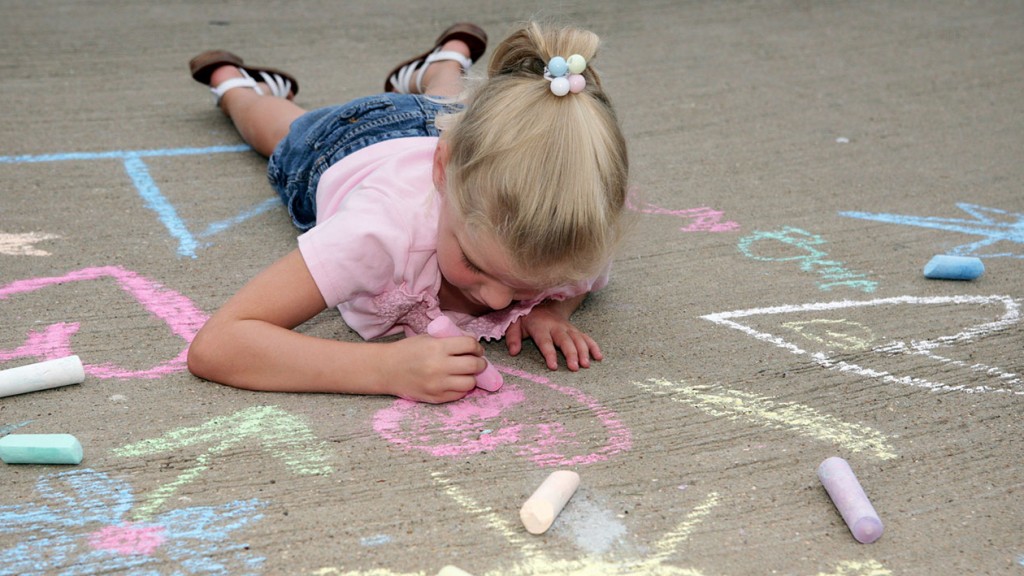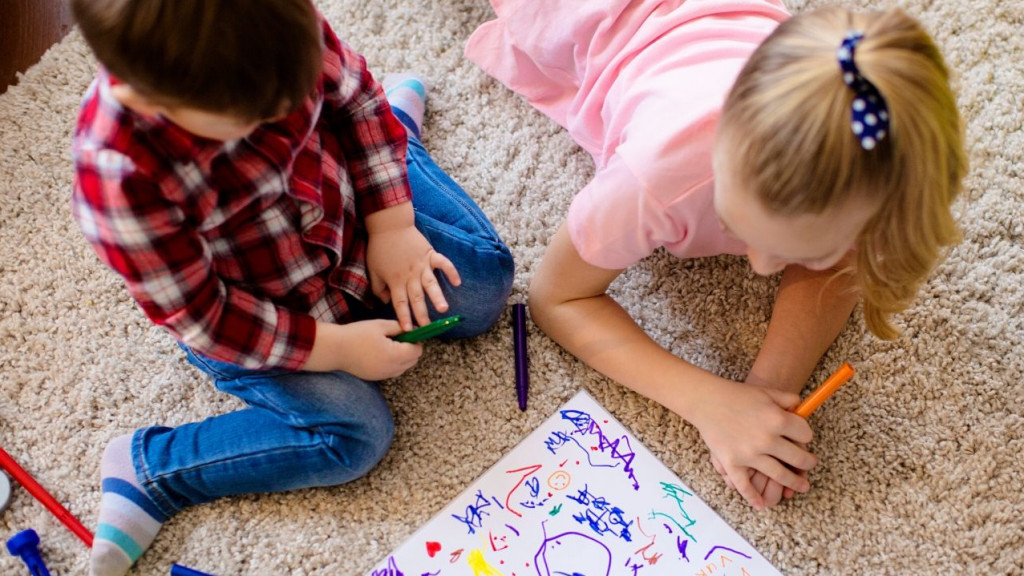Photo: iStockPhoto
Have you ever noticed your kid sitting with their knees forward and feet spread out on either side of them—in other words, ‘W’ sitting? For years, the harm—or lack thereof—of this way of sitting, which seems particularly unnatural to adults, has been highly debated. Issues related to gait, like in-toeing, have been thought to be associated with the position. But is letting your kid ‘W’ sit really all that bad? Here’s what you need to know.
What is ‘W’ sitting?
‘W’ sitting, also referred to as the ‘W’ position, is “the opposite of sitting cross-legged,” explains Charles Price, paediatric orthopaedic surgeon at the Arnold Palmer Hospital for Children in Orlando, Fla. It’s called this because the way the child sits resembles the letter W.
Kids, particularly between the ages of two and eight years old, gravitate toward this position because it feels natural, says Price. When you’re young, your hips and thighs both tend to have an innate twist to them, which eventually “untwists” as you get older.
“In newborns, the twist in the thigh bone is about 45 degrees,” explains Price, whereas in adults, it’s about 20 degrees. That’s why most kids who ‘W’ sit will eventually grow out of it by the age of 10. Sitting in the ‘W’ position won’t prevent kids from growing out of this twist.
Is ‘W’ sitting bad for kids?
Sitting in the ‘W’ position is a fairly common concern among parents, says Timothy Carey, paediatric orthopaedic surgeon with the Children’s Hospital at London Health Sciences Centre in London, Ont. “We also see a lot of concerns that parents have about the way their children walk,” he says.

8 outdoor activities that develop fine motor skillsIn the past, it was widely believed that ‘W’ sitting could not only aggravate conditions like in-toeing and hip dysplasia but was also responsible for developing them in the first place. Although Price says that this is an older way of thinking that he too had assumed during his earlier years of practice, newer research shows this is not a concern.
Hip dysplasia, also referred to as developmental dysplasia of the hip in young kids, is a condition where the hip socket doesn’t fully cover the ball portion of the upper femur. The severity of hip dysplasia ranges from a partial displacement of the thigh bone to a complete dislocation of the femoral from the hip socket.
While sitting in the ‘W’ position with hip dysplasia may seem like it could worsen the condition, the International Hip Dysplasia Institute assures that ‘W’ sitting does not impact developing hips and it similarly does not contribute to the condition.
A 2019 study based out of the Children’s Hospital Los Angeles shares similar conclusions. The study, which observed 27 children who underwent radiographs measuring the hips and pelvic bones, revealed that regardless of the positions they sit in there is no significant difference in measurements of the hips. These findings suggest that there is no greater risk for children who ‘W’ sit to develop hip dysplasia than those who don’t.
Price, who is the medical director at the International Hip Dysplasia Institute, says that parents should keep in mind that out of a 24-hour day, children sit in the ‘W’ position for only a few hours, continuously getting up and moving around frequently as they play. “It’s a tiny fraction of the whole day,” says Price, and therefore doesn’t cause any conceivable harm.
What if my kid already in-toes when they walk?
Even if children show signs of in-toeing, a condition in which the feet turn inward instead of pointing straight ahead when walking, Price insists that sitting in the position did not cause the problem and it similarly does not worsen it. In-toeing tends to resolve on its own. However, if it is still present at the age of 10, Price encourages parents to consider bringing it up with their doctor.
Some professionals still insist that allowing children to ‘W’ sit is a big no-no. Many physiotherapists believe that sitting in the position should be discouraged. Instead, they suggest parents introduce other sitting positions like sitting cross-legged.
However, Carey maintains that if a kid can fold themselves into the ‘W’ position, parents shouldn’t be concerned—even if it does look uncomfortable from afar. “You’re very stable, you can use your arms and reach around and do things without having to worry about losing your balance,” he says. As long as they’re generally moving around and playing and doing other activities, it’s not a concern, he says.
Read more:
What to do when your toddler is a late walker
What it means when your toddler is toe-walking


